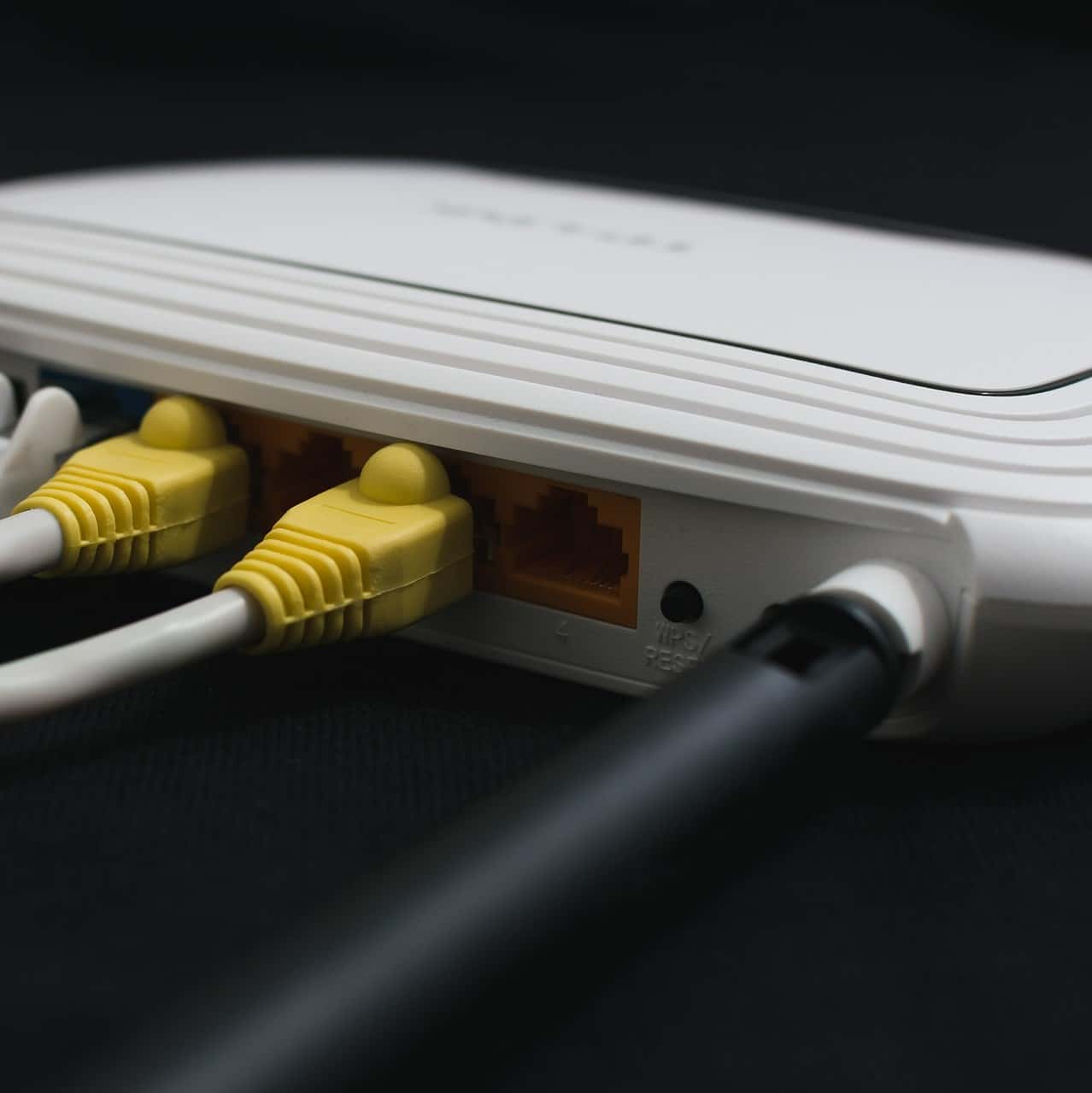The FCC is getting set to award hundreds of millions of Rural Digital Opportunity Fund (RDOF) dollars to service providers to deploy broadband to areas that already have service, according to an analysis by Competitive Carriers Association (CCA) filed with the commission late last week.
Some of the money is targeted for urban areas such as portions of the Chicago and New York central business districts, according to the CCA RDOF analysis.Also slated to receive funding intended for rural areas, according to CCA: Fisherman’s Wharf in San Francisco, several large airports, the Massachusetts Institute of Technology campus and Apple’s corporate headquarters.
Phase 1 of the RDOF program tentatively awarded over $9 billion in funding to cover some of the costs of rural broadband deployments. The phase 1 program targeted rural census blocks lacking broadband service at speeds of at least 25 Mbps downstream and 3 Mbps upstream. But CCA found speed test data from Ookla showing that some target census blocks already have at least one provider offering service at speeds exceeding 25/3 Mbps, sometimes multiple providers.
Ookla compiles data from speed tests conducted by consumers who use an Ookla app for that purpose.
CCA RDOF Analysis
CCA estimates that the FCC is getting set to send at least $115 million and as much as $745 million to bring broadband to locations that already have 25/3 Mbps fixed broadband service available to them.
“[W]ith the extent of the flawed data now apparent, the commission has both the opportunity and authority to address the problematic areas before dispensing scarce funding to areas that do not need it,” CCA argues in a cover letter accompanying the RDOF analysis.
According to CCA, about 286,000 RDOF locations, representing about 403,000 people, likely have access to 25/3 Mbps fixed broadband. This comprises about 5.5% of RDOF locations, CCA said.
The results of the CCA RDOF analysis are particularly surprising considering that problems noted with FCC broadband availability data, until now, have focused on areas where the commission’s data shows broadband available where it is not, rather than showing it isn’t available where it is.
The commission decided to target only completely unserved census blocks in the phase 1 RDOF program because, as commission officials noted, no one had questioned the accuracy of data about census blocks totally lacking 25/3 Mbps service – at least not at that time.
The CCA findings are also surprising, considering that the FCC conducted a challenge process after it released a tentative list of census blocks eligible for the phase 1 RDOF program. The FCC received challenges from about 180 providers that said they already provided 25/3 Mbps service to some of the target areas, and the commission eliminated most of the challenged areas from the RDOF phase 1 auction.
Telecompetitor will be watching closely to learn the FCC’s response to the CCA RDOF analysis.



